
The Bottom Line
Introduction, Specifications, Pricing & Availability
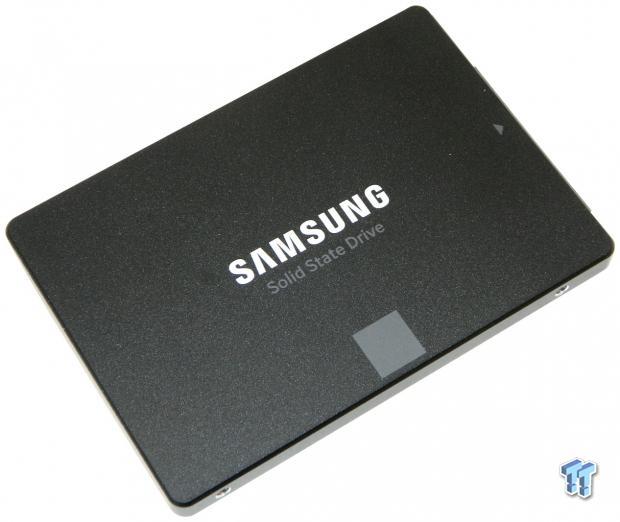
How many times have we heard that the there is no more performance left than can be derived from the SATA III interface? We hear it all the time, and we have been hearing it for a long time. It seems that people making that statement are focusing on one thing only, sequential speeds. Sequential speeds are part of the equation to be sure, but there is much more to the overall performance of an SSD than just the sequential speeds that everyone seems to focus on.
Since it launched, Samsung's 2TB 850 EVO has worn the crown as TweakTown's consumer SATA III performance champion. The 850 EVO employs Samsung's 3D-TLC flash, called "V-NAND." Samsung's 850 EVO is such a good performer that the standard line for other SATA-based SSDs has become, "It is fast, but not EVO fast."
One of the key features that facilitates the EVO's blistering performance is Samsung's pSLC caching technology. Samsung calls their proprietary pseudo SLC caching technology "TurboWrite." Others employ pSLC caching to boost burst performance, but nothing to date has been able to deliver the goods as well as "TurboWrite."
Due to superior architecture, Samsung's EVO Series SSDs are the only TLC-based SSDs that can deliver performance that rivals that of MLC-based SSDs. In fact, the 850 EVO not only rivals the performance of non-Samsung MLC SSDs but for the most part, it delivers superior performance.
We are starting to see non-Samsung 3D-TLC flash SSDs arrive on the scene almost daily, but they all have one thing in common - they are all first-generation 3D-TLC flash products. Samsung's current 48-layer 256Gbit VNAND is their third-generation 3D flash. Samsung's V-NAND is much more refined than their competitors 3D-flash and that gives Samsung the significant performance advantage that they currently enjoy.
Circling back to our earlier statement, that there is much more to maxing out the performance of the SATA III interface than just sequential performance, brings us back to the 4TB 850 EVO. The ONLY weakness we have seen from the 850 EVO to this point has been heavy workload steady-state performance. Samsung has taken note of this as well, and with the 4TB EVO this final frontier has been conquered in spectacular fashion, as you will see when we get to our heavy workload testing.
Simply stated, Samsung's 4TB 850 EVO is not only the highest capacity consumer SSD ever made, it is also the fastest SATA III SSD ever made, even eclipsing the performance of Samsung's own 2TB 850 Pro. With the performance and endurance the 4TB EVO has to offer, we really see no reason for Samsung to continue forward with new iterations of MLC-based SATA III SSDs.
Specifications
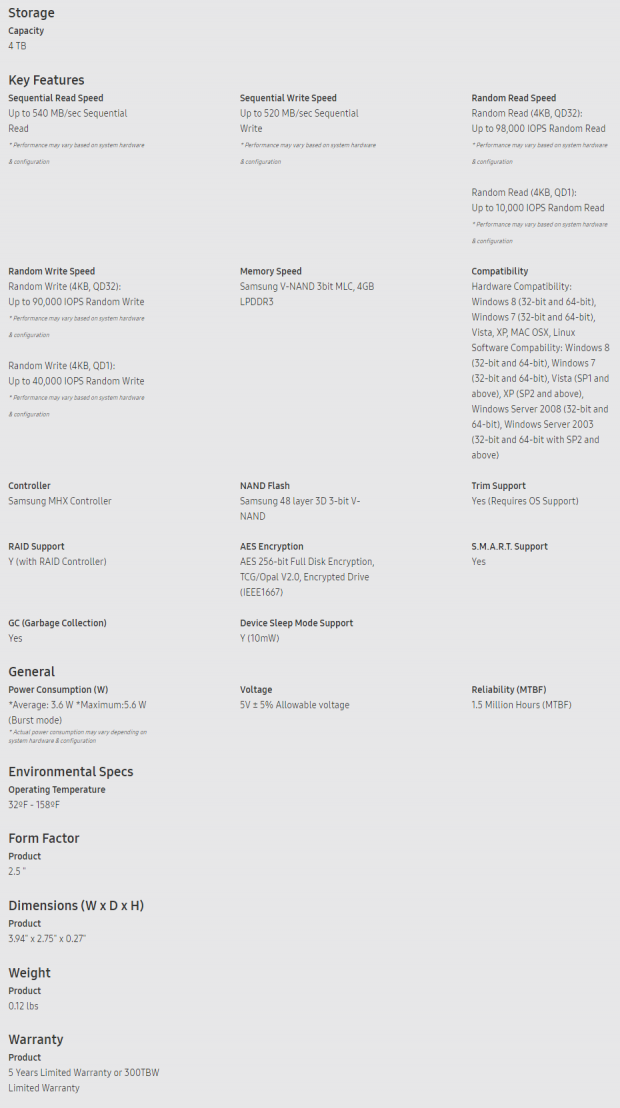
Samsung 850 EVO 4TB SATA III SSD:
- Sequential Read: up to 540 MB/s
- Sequential Write: up to 520 MB/s
- Max 4K Random Read Speed: up to 98,000 IOPS
- Max 4K Random Write Speed: up to 90,000 IOPS
- Max 4K QD1 Random Read Speed: up to 10,000 IOPS
- Max 4K QD1 Random Write Speed: up to 40,000 IOPS
- Endurance: 300TBW
- MTTF: 1.5 Million Hours
- Warranty: 5-Year Limited Warranty
- Active Power Consumption: 3.6W Avg.
- DevSlp: 10mW
- SMART
- TRIM
- Garbage Collection
- Software: Magician, Migration
MSRP: $1,499
Drive Details
Samsung 850 EVO 4TB SATA III SSD
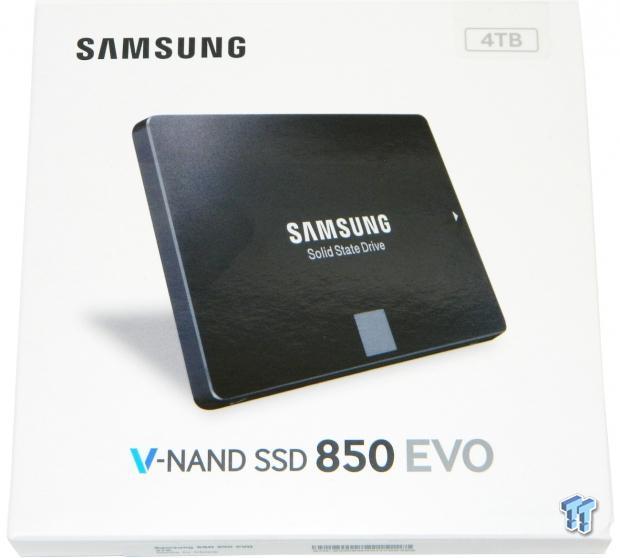
Retail packaging features an image of the enclosed SSD on the front of the box. The front of the attractive packaging advertises the enclosed drive's capacity as well as its 3D "V-NAND" flash.
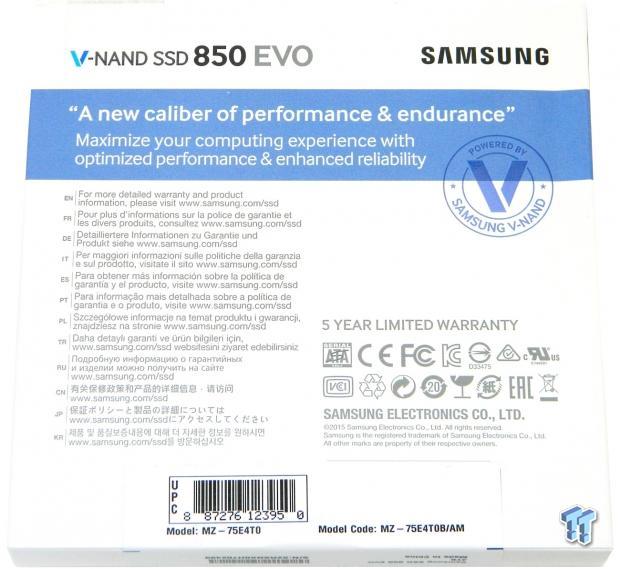
The rear of the packaging advertises the drive's five-year warranty and V-NAND flash.
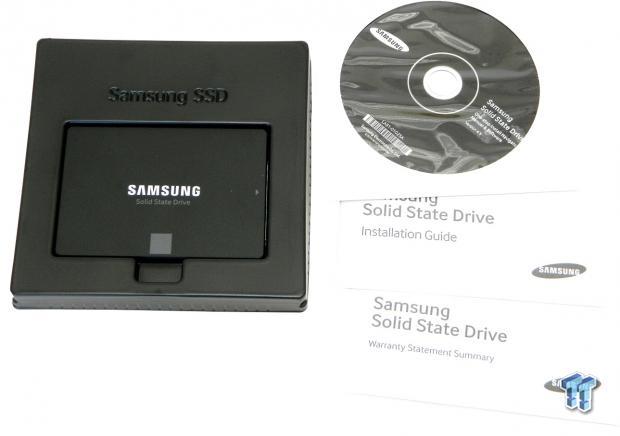
Inside the packaging is the drive itself, printed installer guide, warranty, and software CD.
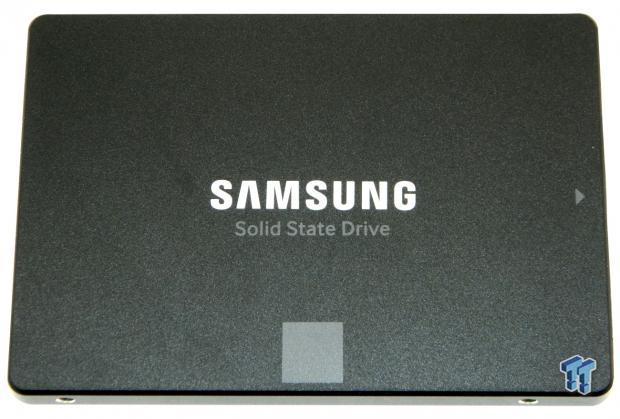
The top of the drive's black colored aluminum enclosure tells us this is a Samsung SSD. The gray square denotes this drive is an EVO series SSD.
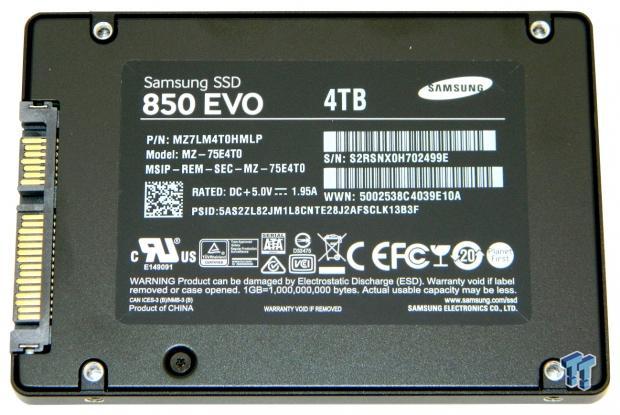
The bottom of the enclosure features a manufacturer's label listing the particulars of the drive.
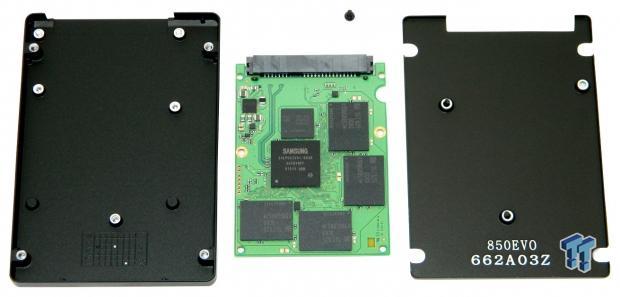
The enclosure has three pentalobe screws that fasten it together. The top half is formed from cast aluminum alloy, and the bottom half is sheet aluminum. The PCB is a 3/4 design.
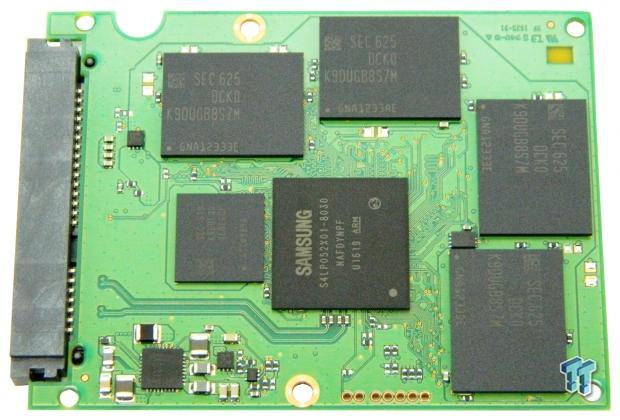
This side of the green PCB is populated with Samsung components. There is a Samsung MHX controller, four 512GB Samsung V-NAND packages, and one 4GB Samsung LPDDR DRAM package.
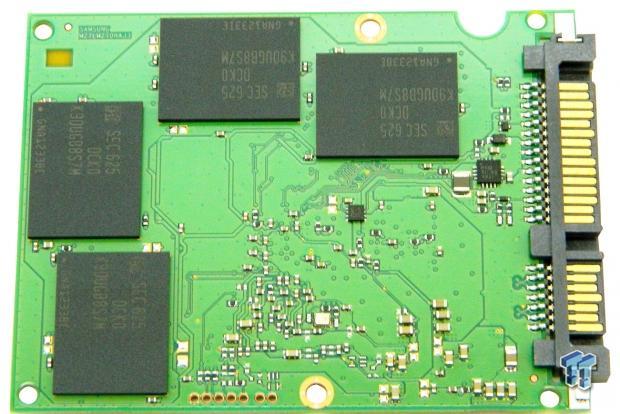
This side of the PCB is populated by four more 512GB Samsung V-NAND packages.
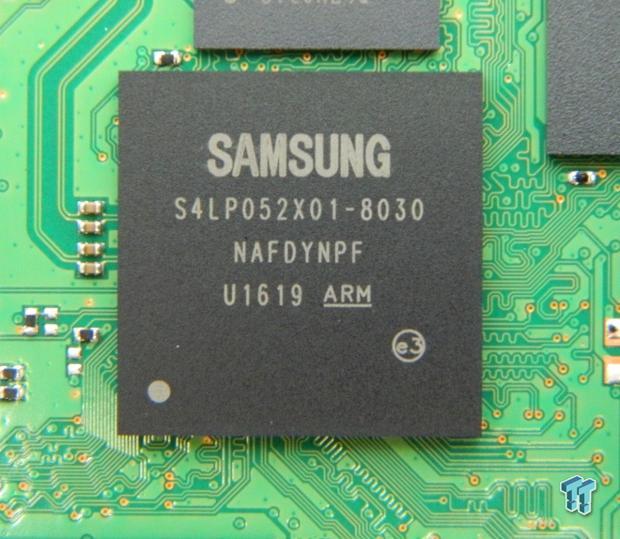
Samsung's tri-core MHX SSD controller.
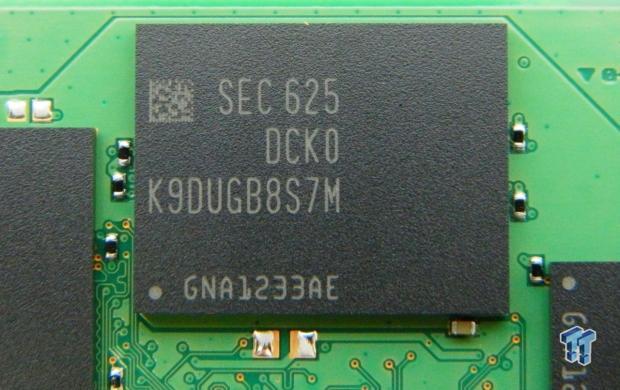
One of the eight V-NAND flash packages that populate the PCB.
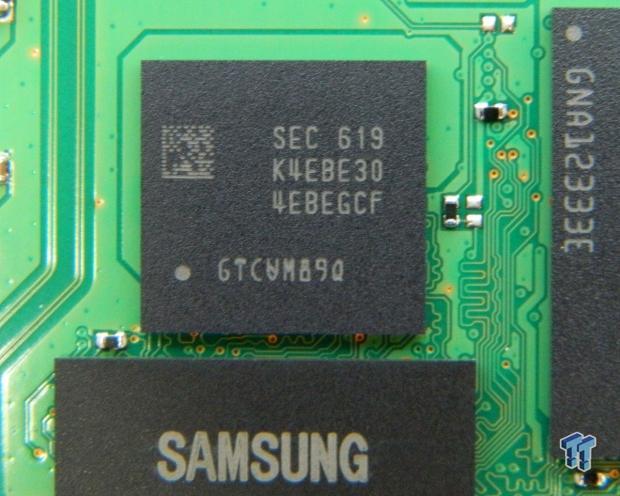
The drive's 4GB LPDDR DRAM cache.
Test System Setup and Properties
Jon's Consumer SSD Review Test System Specifications
- Motherboard: ASRock Extreme9 Z97 - Buy from Amazon
- CPU: Intel Core i7 4790K @ 4.8GHz - Buy from Amazon / Read our review
- Cooler: Swiftech H2O-320 Edge - Buy from Amazon / Read our review
- Memory: Corsair Dominator DDR3 32GB 2400MHz - Buy from Amazon
- Video Card: Onboard Video
- Case: IN WIN X-Frame - Buy from Amazon / Read our review
- Power Supply: Seasonic Platinum 1000 Watt Modular - Buy from Amazon / Read our review
- OS: Microsoft Windows 10 Professional 64-bit - Buy from Amazon
- Drivers: Intel RAID option ROM version 13.0.0.2075 and Intel RST driver version 13.6.0.1002
We would like to thank ASRock, Crucial, Intel, Corsair, RamCity, IN WIN, and Seasonic for making our test system possible.
Drive Properties
Samsung 850 EVO 4TB OS Disk 75% Full
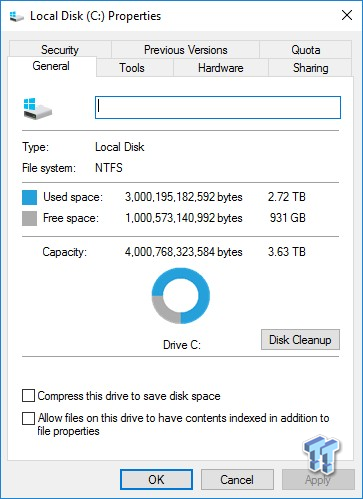
The majority of our testing is performed with our test drive as our boot volume. Our boot volume is 75% full for all OS Disk "C" drive testing to replicate a typical consumer OS volume implementation. We feel that most of you will be utilizing your SSDs for your boot volume and that presenting you with results from an OS volume is more relevant than presenting you with empty secondary volume results.
System settings: Cstates and Speed stepping are both disabled in our systems BIOS. Windows High-Performance power plan is enabled. Windows write caching is enabled, and Windows buffer flushing is disabled. We are utilizing Windows 10 Pro 64-bit OS for all of our testing except for our MOP (Maxed-Out Performance) benchmarks where we switch to Windows Server 2008 R2 64-bit. Empty Windows 10 benchmark screenshots will also be shown on our MOP page.
Synthetic Benchmarks - ATTO & Anvil's
ATTO
Version and / or Patch Used: 2.47
ATTO is a timeless benchmark used to provide manufacturers with data used for marketing storage products.
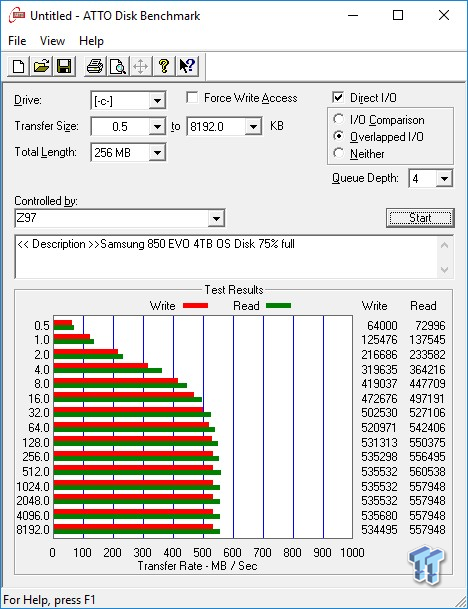
Compressible sequential read/write transfers max out at 560/535 MBs. Keep in mind this is our OS volume, and it is filled to 75% of its total capacity. The 4TB EVO, like all Samsung SSDs, displays a beautiful performance arc that ramps quickly and steadily. Maximum sequential read performance is achieved at a 1MB transfer size, maximum sequential write performance at 4MB transfers.
Sequential Write
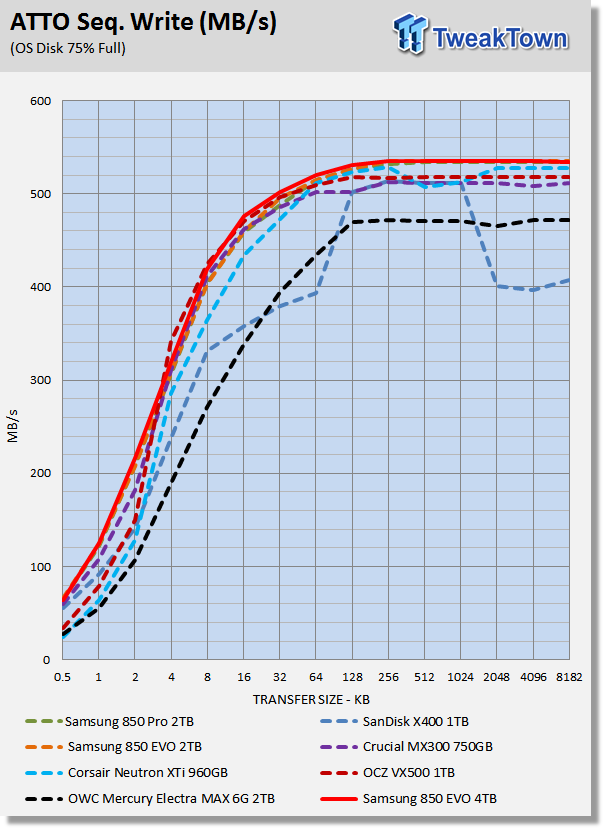
The 4TB EVO delivers the best small-file performance up to 2KB transfers. At 4KB, Toshiba's VX500 leads the field. The 4TB EVO regains the lead at 8KB transfers and keeps it for the remainder of the test.
Sequential Read
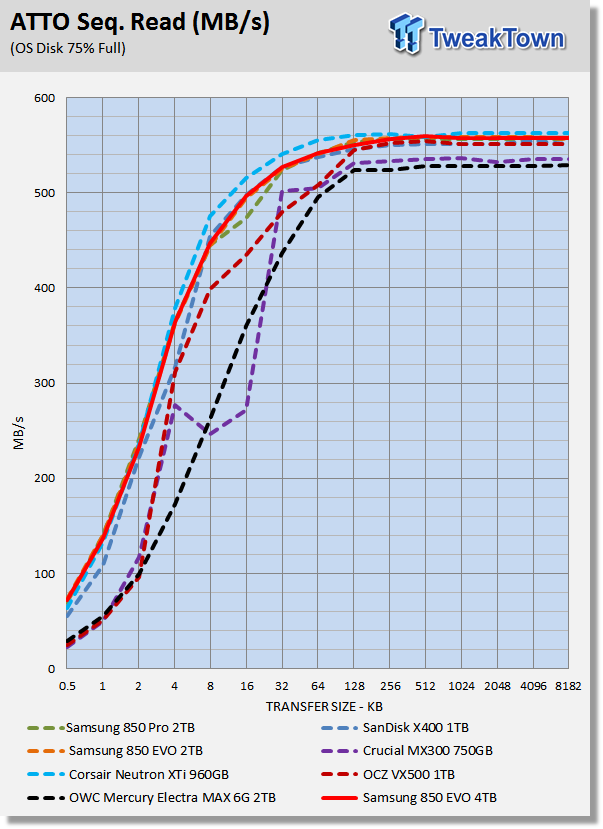
Corsair's Neutron XTi wins this portion of the test. The 4TB EVO, 2TB EVO, and 2TB 850 Pro all perform about the same; battling it out for second place. OWC's dual controller, MLC-powered Mercury Electra 6G brings up the rear as it will be doing from here on out.
Anvil Storage Utilities
Version and / or Patch Used: 1.1.0
Anvil's Storage Utilities is a storage benchmark designed to measure the storage performance of SSDs. The Standard Storage Benchmark performs a series of tests; you can run a full test or just the read or write test, or you can run a single test, i.e. 4k QD16.
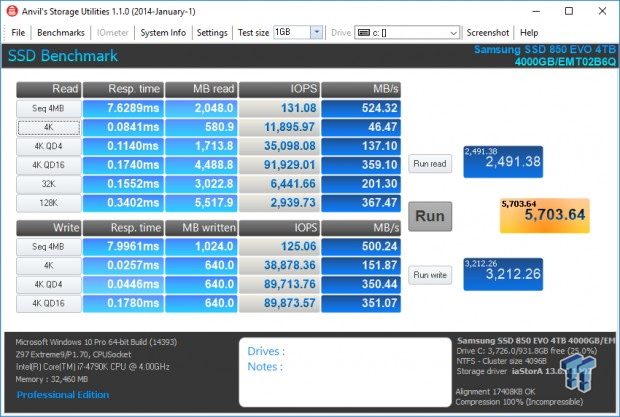
Scoring
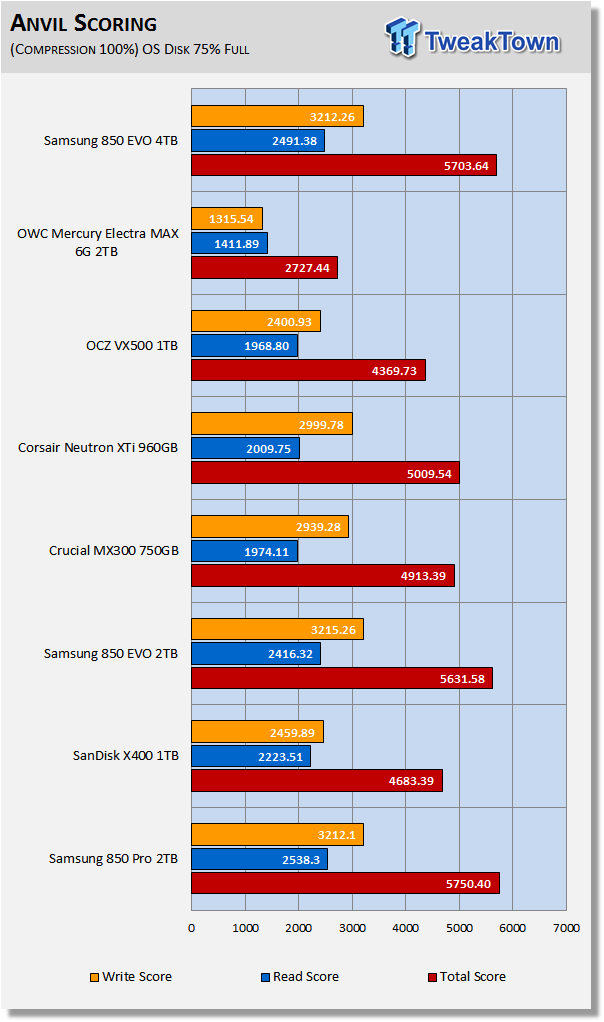
Anvil's scoring typically provides us with a good indication of a drive's overall performance. Samsung's 850 Series SSDs deliver tremendous performance in all categories, which is why they always score so much better than competing solutions.
The 4TB EVO shows a nice improvement over its smaller 2TB sibling. The 2TB 850 Pro wins this test. OWC's Mercury Electra shows us why it is best suited for archiving data.
(Anvil) Read IOPS through Queue Depth Scale
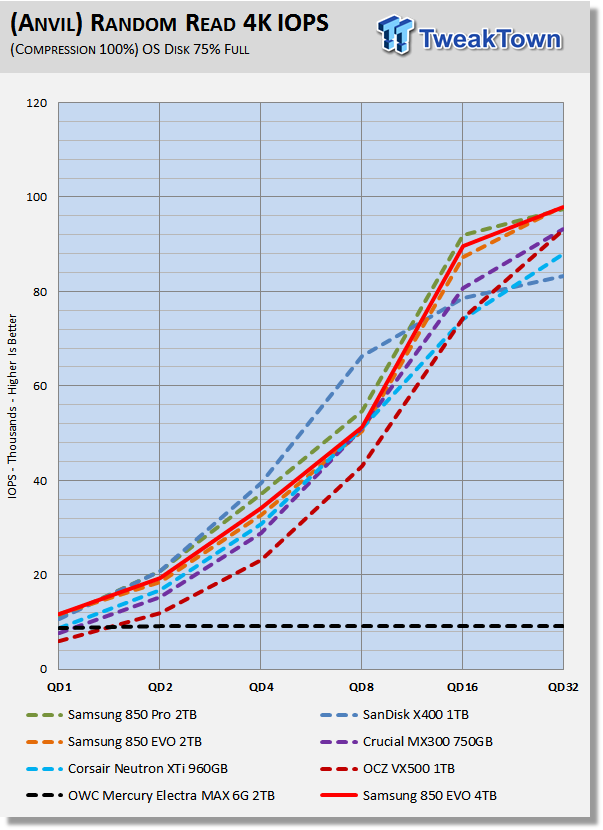
The 4TB EVO leads at the beginning and again at the end of the test. It outperforms the 2TB EVO slightly across the board. SanDisk's X400 handily outperforms the field at QD2-8 before dropping off at QD16-32. The 2TB 850 Pro is the fastest of the 850 Series in this testing. Overall, we give the win to the X400 as it outperforms the field at common consumer queue depths. OWC's Mercury Electra has us wanting to open it back up again just to make certain it is actually an SSD.
(Anvil) Write IOPS through Queue Scale
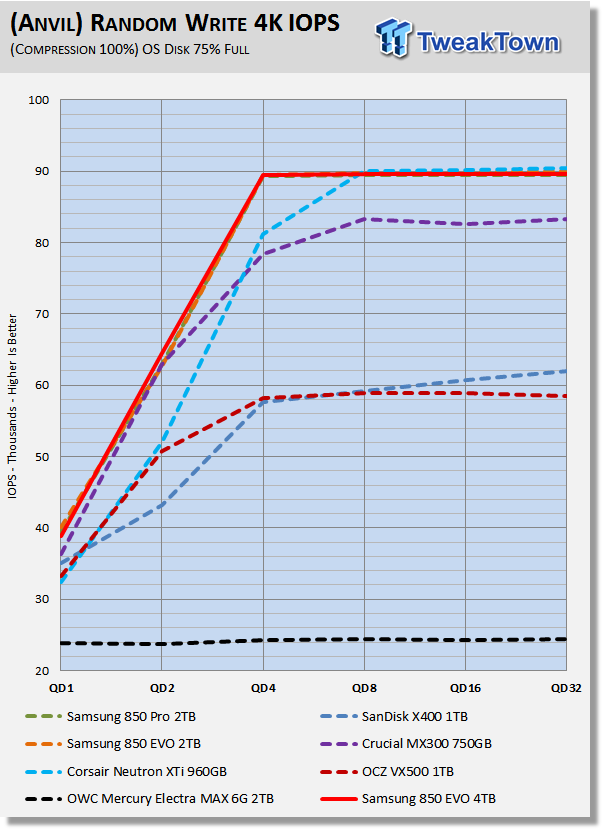
This is a win for the 850 Series as a whole. All three models perform about the same from start to finish. The Mercury Electra does what it does in convincing fashion.
Synthetic Benchmarks - CDM & AS SSD
CrystalDiskMark
Version and / or Patch Used: 3.0 Technical Preview
CrystalDiskMark is disk benchmark software that allows us to benchmark 4k and 4k queue depths with accuracy. Note: Crystal Disk Mark 3.0 Technical Preview was used for these tests since it offers the ability to measure native command queuing at QD4.

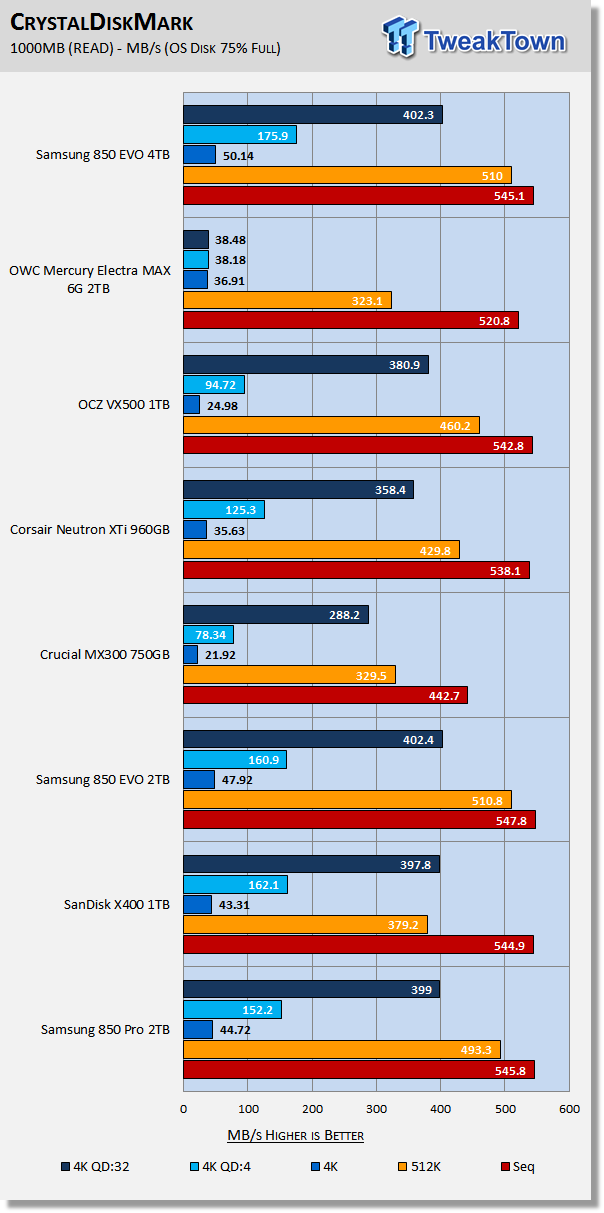
Based on the 4K random performance of the 4TB EVO at QD1 and QD4 we give it the win. We consider 4K QD1 The most important performance metric of this testing and the 4TB model significantly outperforms the competition delivering a massive 50MB/s.
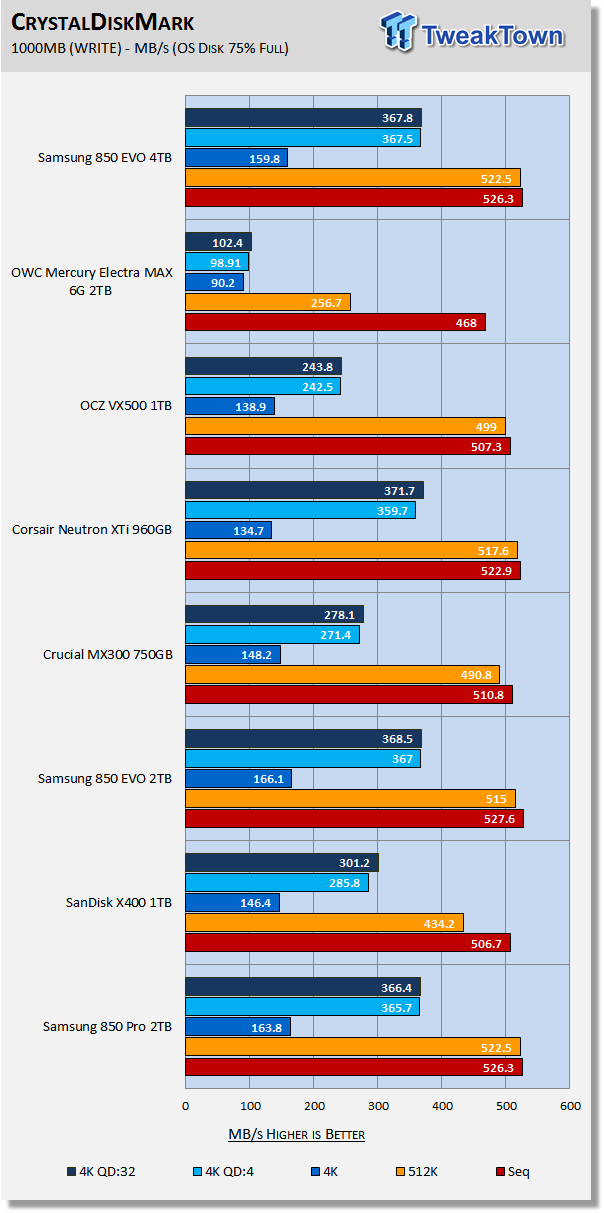
The 850 Series again deliver the best performance of the bunch. This time, the nod goes to the 2TB model due to its better 4K QD1 write performance.
AS SSD
Version and / or Patch Used: 1.8.5611.39791
AS SSD determines the performance of SSDs. The tool contains four synthetic as well as three practice tests. The synthetic tests are to determine the sequential and random read and write performance of the SSD.
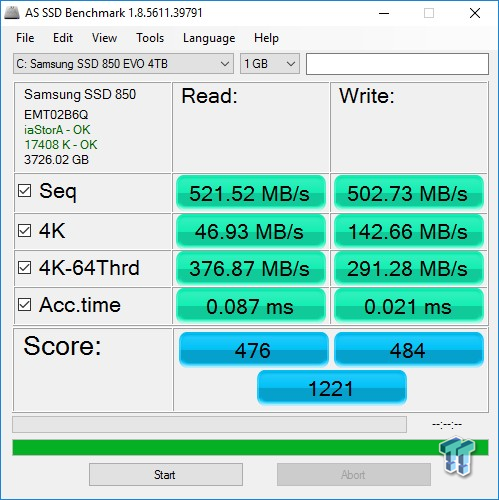
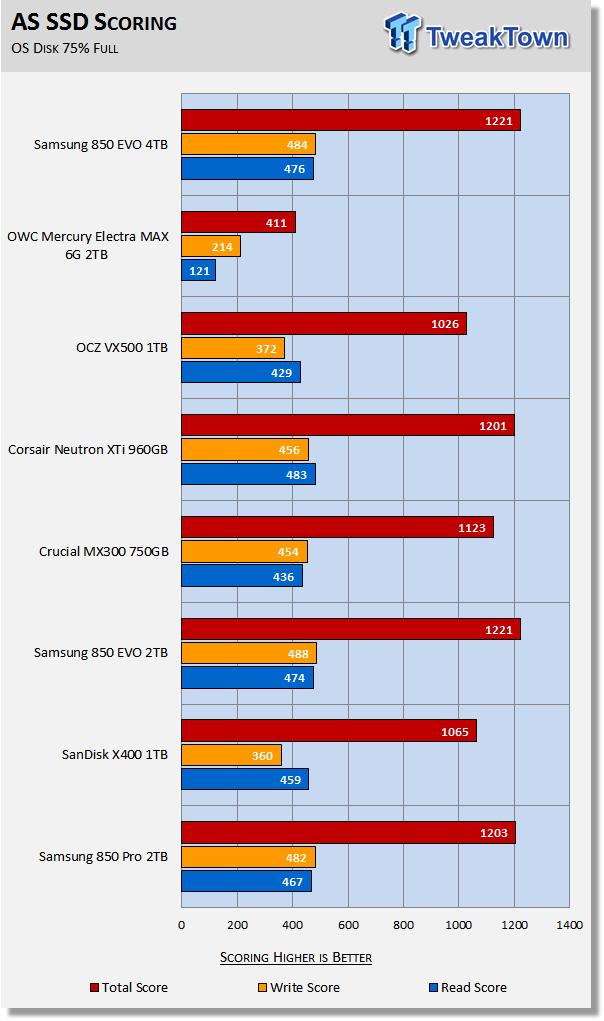
AS SSD is a demanding test. The EVO drives again take the win. Both capacity points score identically. The 4TB model delivers the better read score, and the 2TB model the better write score. This backs up what we saw with our CDM testing. The Mercury Electra again takes the trophy for futility.
Benchmarks (Trace, OS Volume) - Vantage, PCMark 7 & PCMark 8
Moderate Workload Model
We categorize these tests as indicative of a moderate workload environment.
PCMark Vantage - Hard Disk Tests
Version and / or Patch Used: 1.2.0.0
The reason we like PCMark Vantage is because the recorded traces are played back without system stops. What we see is the raw performance of the drive. This allows us to see a marked difference between scoring that other trace-based benchmarks do not exhibit. An example of a marked difference in scoring on the same drive would be empty vs. filled vs. steady state.
We run Vantage three ways. The first run is with the OS drive 75% full to simulate a lightly used OS volume filled with data to an amount we feel is common for most users. The second run is with the OS volume written into a "Steady State" utilizing SNIA's guidelines. Steady state testing simulates a drive's performance similar to that of a drive that been subjected to consumer workloads for extensive amounts of time. The third run is a Vantage HDD test with the test drive attached as an empty, lightly used secondary device.
OS Volume 75% Full - Lightly Used
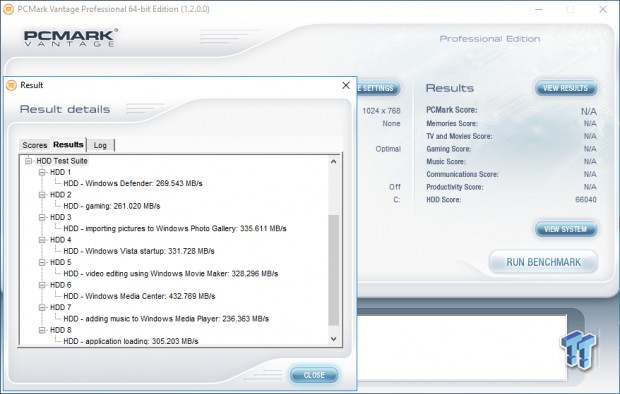
OS Volume 75% Full - Steady-State
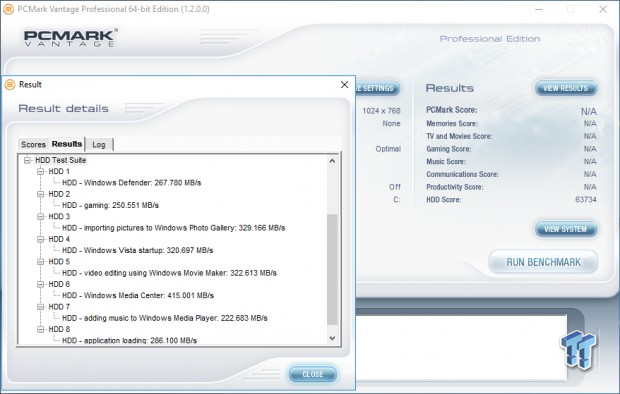
Secondary Volume Empty - FOB
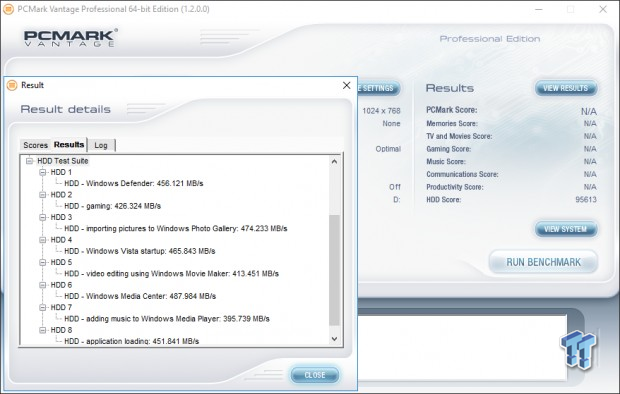
There's a big difference between an empty drive, one that's 75% full/used, and one that's in a steady-state.
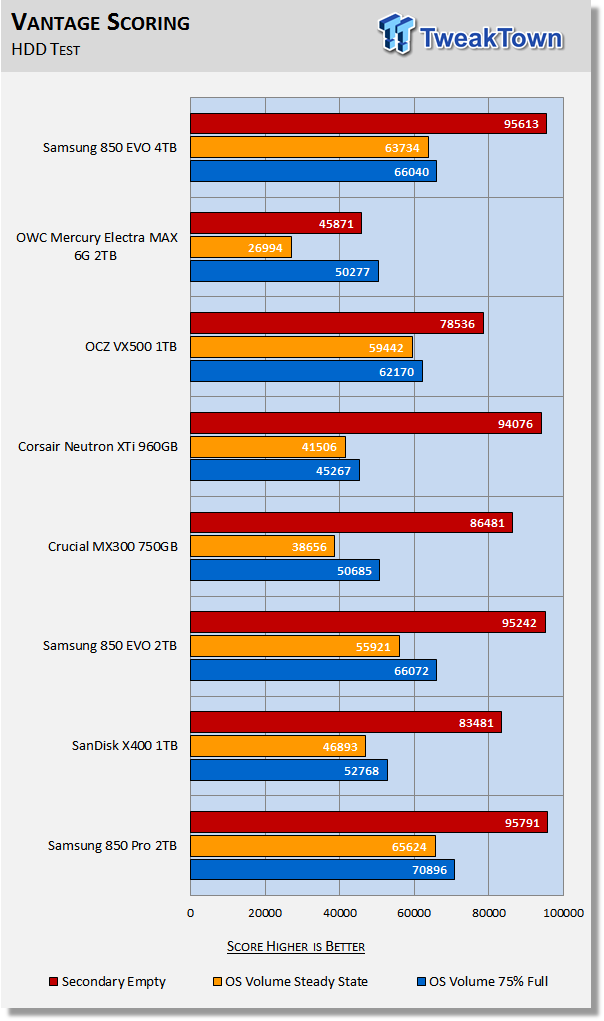
The important scores to pay attention to are "OS Volume Steady-State" and "OS Volume 75% full." These two categories are most important because they are indicative of typical of consumer user states. When a drive is in a steady-state, it means garbage collection is running at the same time it's reading/writing. This is exactly why we focus on steady-state performance.
The 4TB EVO's larger pSLC cache pays dividends when the drive is in a steady-state. The 4TB EVO's steady-state performance is significantly better than the 2TB model. Samsung's 850 Pro easily wins this test outperforming the field across the board. OWC claims their Mercury Electra doesn't need TRIM. We disagree.
PCMark 7 - System Storage
Version and / or Patch Used: 1.4.0
We will look to Raw System Storage scoring for evaluation because it's done without system stops and, therefore, allows us to see significant scoring differences between drives.
OS Volume 75% Full - Lightly Used
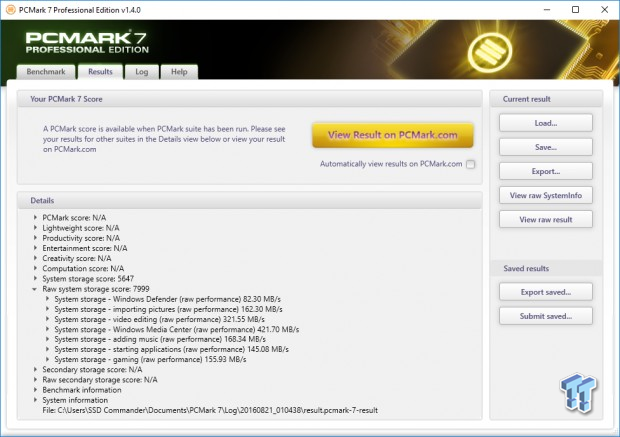
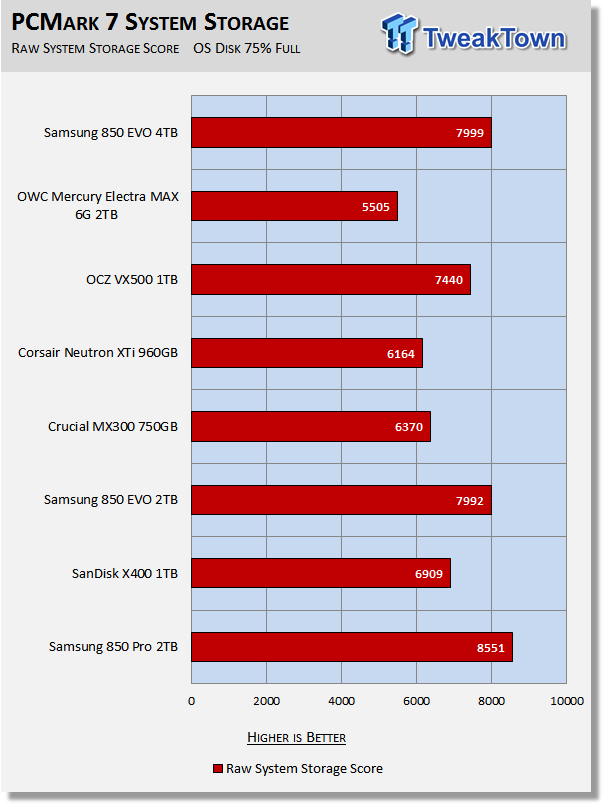
Samsung's 850 Series SSDs deliver by far the best moderate workload performance. The only SSD that is even close to Samsung's 850 Series SSDs is OCZ's VX500. The 2TB 850 Pro is in a class of its own in this particular test. The Mercury Electra is also in a class of its own.
PCMark 8 - Storage Bandwidth
Version and / or Patch Used: 2.4.304
We use PCMark 8 Storage benchmark to test the performance of SSDs, HDDs, and hybrid drives with traces recorded from Adobe Creative Suite, Microsoft Office, and a selection of popular games. You can test the system drive or any other recognized storage device, including local external drives. Unlike synthetic storage tests, the PCMark 8 Storage benchmark highlights real-world performance differences between storage devices.
OS Volume 75% Full - Lightly Used
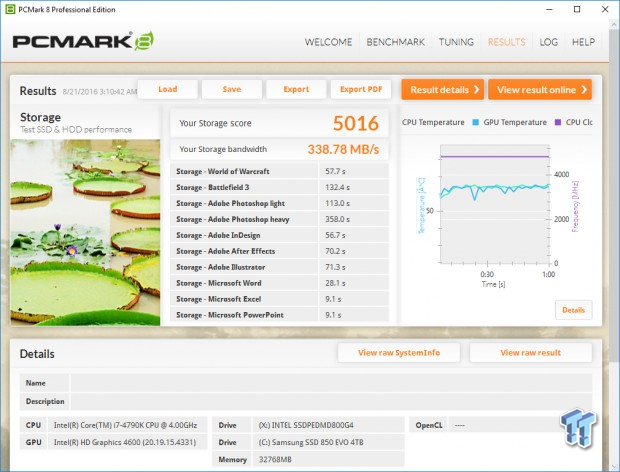
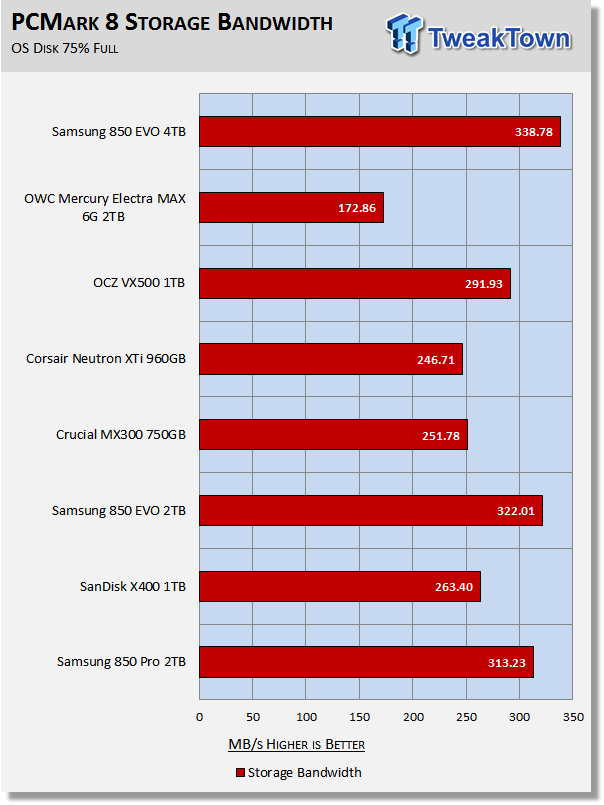
PCMark 8 is the most intensive moderate workload simulation we run. With respect to moderate workloads, this test is what we consider the best indicator of a drive's overall performance. The 4TB EVO sets a new lab record by handily outperforming the 2TB EVO.
This score, in particular, is the reason why we believe the 4TB 850 EVO is the best performing SATA SSD ever made. The other drives in our test pool do not handle moderate workloads nearly as well.
Benchmarks (Secondary) - IOPS, Response & Transfers
Iometer - Maximum IOPS
Version and / or Patch Used: Iometer 2014
We use Iometer to measure high queue depth performance. (No Partition)
Max IOPS Read
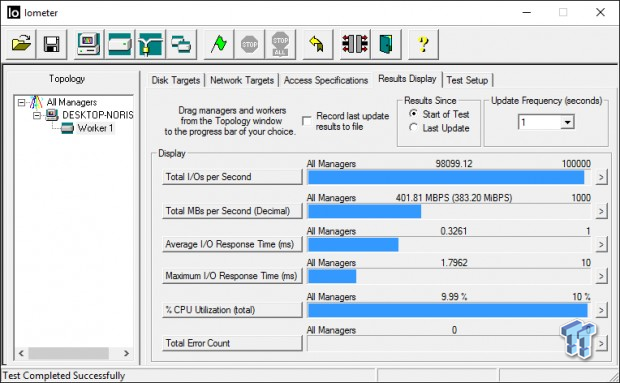
Max IOPS Write
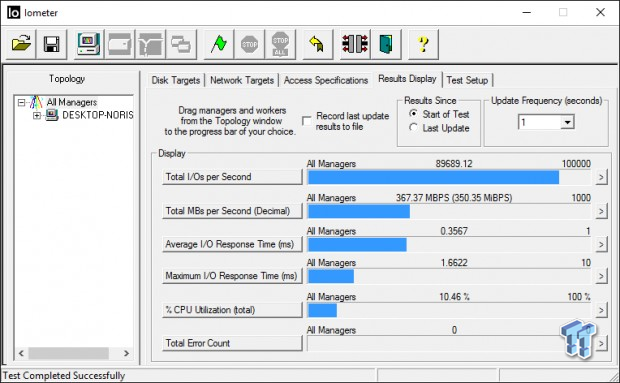
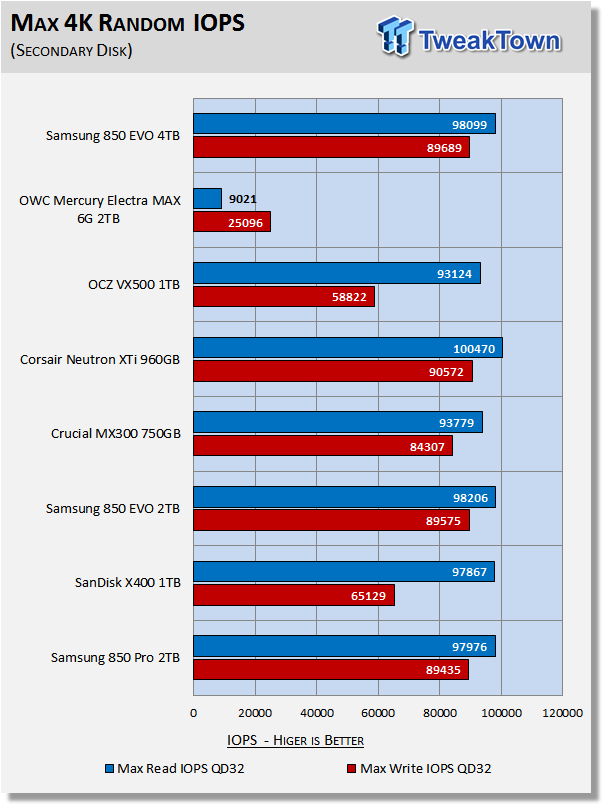
The 4TB EVO comes in right at factory specs. Corsair's Neutron XTi delivers the highest read/write IOPS of the bunch.
Iometer - Disk Response
Version and / or Patch Used: Iometer 2014
We use Iometer to measure disk response times. Disk response times are measured at an industry accepted standard of 4K QD1 for both write and read. Each test runs twice for 30 seconds consecutively, with a 5-second ramp-up before each test. We partition the drive/array as a secondary device for this testing.
Avg. Write Response
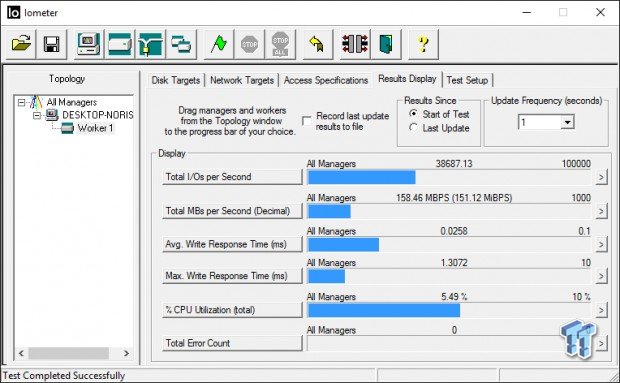
Avg. Read Response
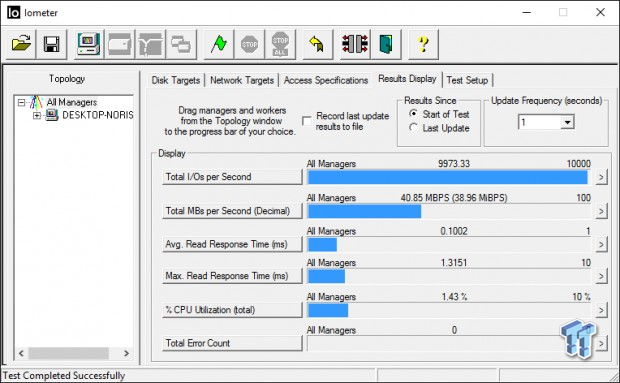
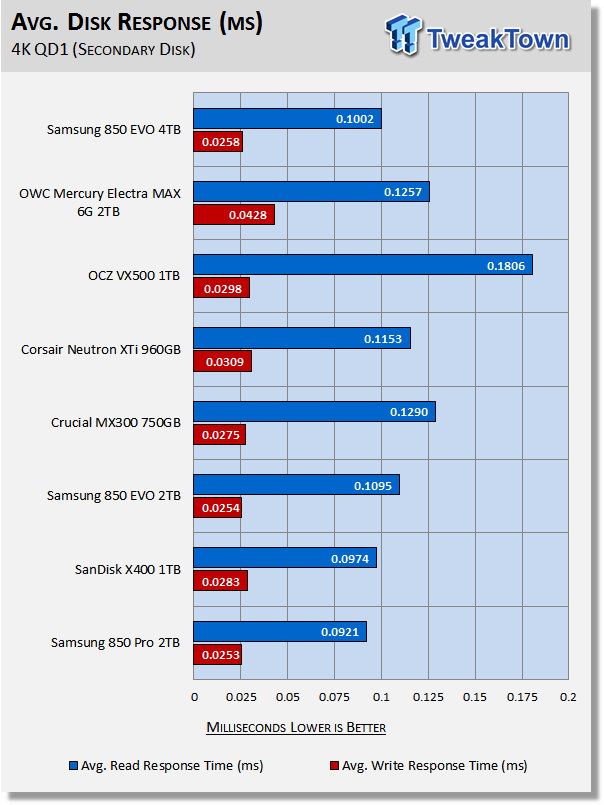
As we've seen all along, the 4TB EVO delivers better 4K QD1 read performance; the 2TB EVO better 4K QD1 write response. The 850 Pro wins this test outright by delivering the best (lowest) read/write response of the bunch.
DiskBench - Directory Copy
Version and / or Patch Used: 2.6.2.0
We use DiskBench to time a 28.6GB block (9,882 files in 1,247 folders) composed primarily of incompressible sequential and random data as it's transferred from our DC P3700 PCIe NVME SSD to our test drive. We then read from a 6GB zip file that's part of our 28.6GB data block to determine the test drive's read transfer rate. Our system is restarted prior to the read test to clear any cached data, ensuring an accurate test result.
Write Transfer Rate
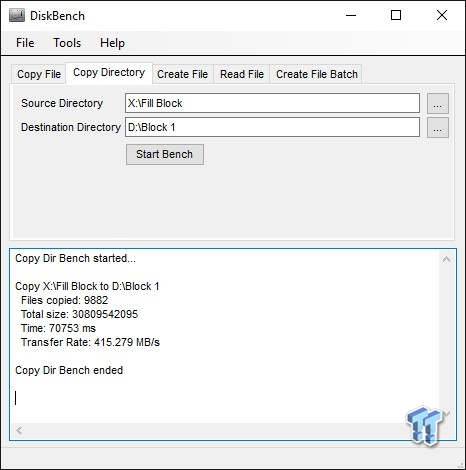
Read Transfer Rate
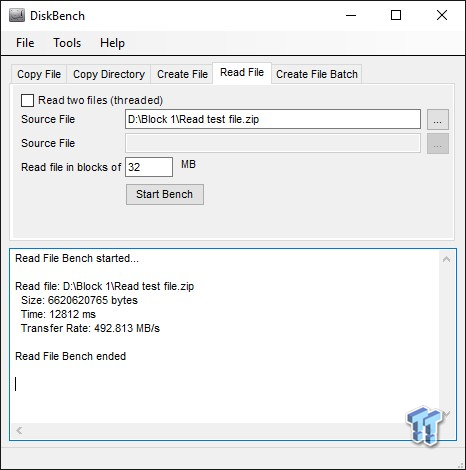
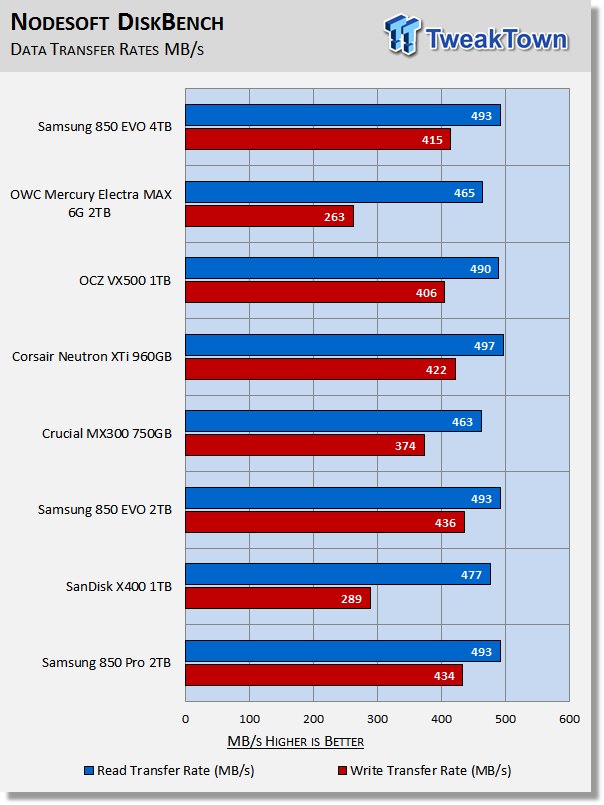
Corsair's Neutron XTi wins for the best read performance and the 2TB 850 EVO wins for the best write performance. This test was run on Windows 10 build 10586. Watch what happens when we run it on build 14393 when we get to our MOP (Maxed Out Performance) testing.
Benchmarks (Secondary) – PCMark 8 Extended
Futuremark PCMark 8 Extended
Heavy Workload Model
PCMark 8's consistency test simulates an extended duration heavy workload environment. PCMark 8 has built-in, command line executed storage testing. The PCMark 8 Consistency test measures the performance consistency and the degradation tendency of a storage system.
The Storage test workloads are repeated. Between each repetition, the storage system is bombarded with a usage that causes degraded drive performance. In the first part of the test, the cycle continues until a steady degraded level of performance has been reached. (Steady State)
In the second part, the recovery of the system is tested by allowing the system to idle and measuring the performance after 5-minute long intervals. (Internal drive maintenance: Garbage Collection (GC)) The test reports the performance level at the start, the degraded steady-state, and the recovered state, as well as the number of iterations required to reach the degraded state and the recovered state.
We feel Futuremark's Consistency Test is the best test ever devised to show the true performance of solid state storage in an extended duration heavy workload environment. This test takes on average 13 to 17 hours to complete and writes somewhere between 450GB and 14,000GB of test data depending on the drive. If you want to know what an SSDs steady state performance is going to look like during a heavy workload, this test will show you.
Here's a breakdown of Futuremark's Consistency Test:
Precondition phase:
1. Write to the drive sequentially through up to the reported capacity with random data.
2. Write the drive through a second time (to take care of overprovisioning).
Degradation phase:
1. Run writes of random size between 8*512 and 2048*512 bytes on random offsets for 10 minutes.
2. Run performance test (one pass only).
3. Repeat 1 and 2 for 8 times, and on each pass increase the duration of random writes by 5 minutes.
Steady state phase:
1. Run writes of random size between 8*512 and 2048*512 bytes on random offsets for 50 minutes.
2. Run performance test (one pass only).
3. Repeat 1 and 2 for 5 times.
Recovery phase:
1. Idle for 5 minutes.
2. Run performance test (one pass only).
3. Repeat 1 and 2 for 5 times.
Storage Bandwidth
PCMark 8's Consistency test provides a ton of data output that we use to judge a drive's performance.
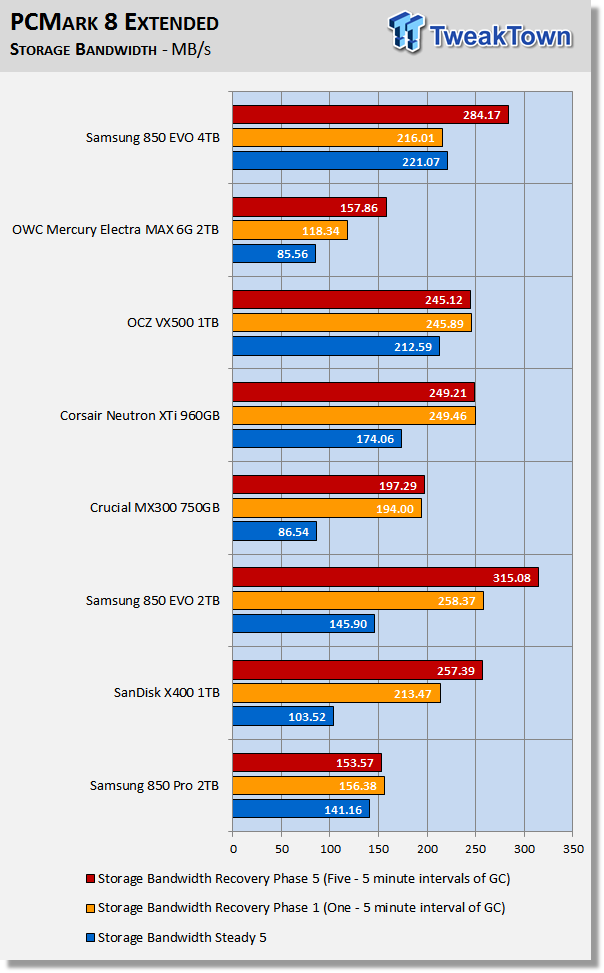
We consider steady state bandwidth (the blue bar) our test that carries the most weight in ranking a drive/arrays heavy workload performance. Performance after Garbage Collection (GC) (the orange and red bars) is what we consider the second most important consideration when ranking a drive's performance. Trace-based steady state testing is where true high performing SSDs are separated from the rest of the pack.
Focusing in on steady-state performance again reveals why we believe the 4TB EVO is the fastest SATA SSD ever made. This result again goes back to why we believe that the often used line that the SATA III interface has long been maxed out is an incorrect statement. In a steady-state environment, the 4TB EVO has no competition.
Samsung has found a way to improve the steady-state performance of the 4TB EVO over that of the 2TB EVO by a whopping 51%. A steady-state performance of 221.07 MB/s is a new lab record for a SATA SSD.
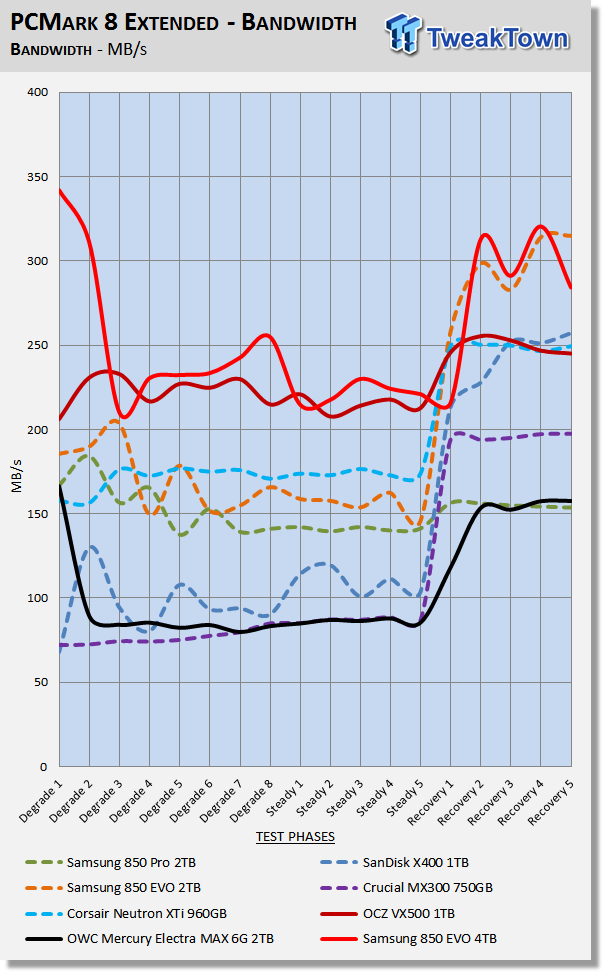
We chart our test subject's storage bandwidth as reported at each of the test's 18 trace iterations. This gives us a good visual perspective of how our test subjects perform as testing progresses. This chart sheds more light on how the drives perform as they progress through the testing phases.
Total Access Time (Latency)
We chart the total time the disk is accessed as reported at each of the test's 18 trace iterations.
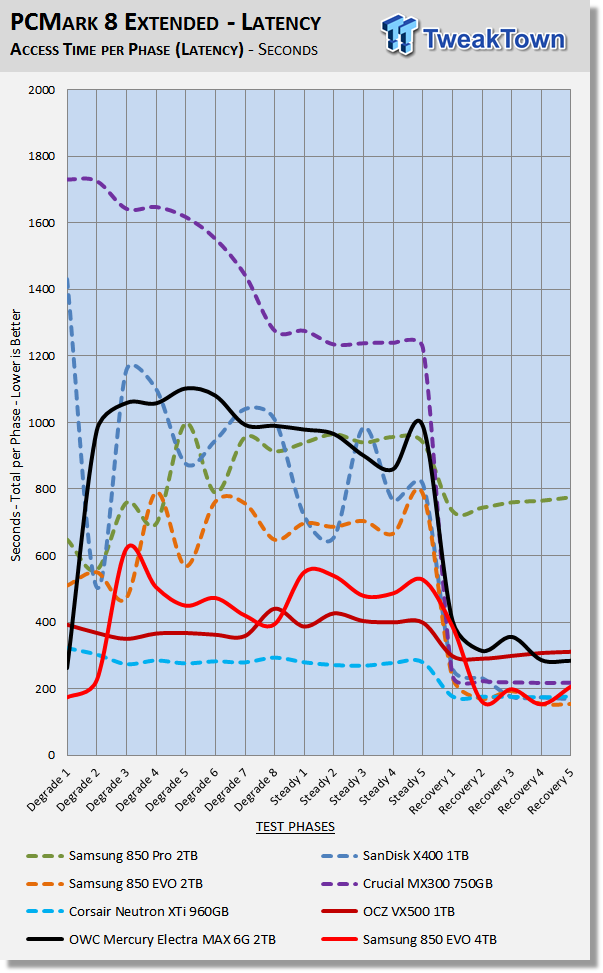
Low latency translates to the real-world as snappiness.
Disk Busy Time
Disk Busy Time is how long the disk is busy working. We chart the total time the disk is working as reported at each of the tests 18 trace iterations.
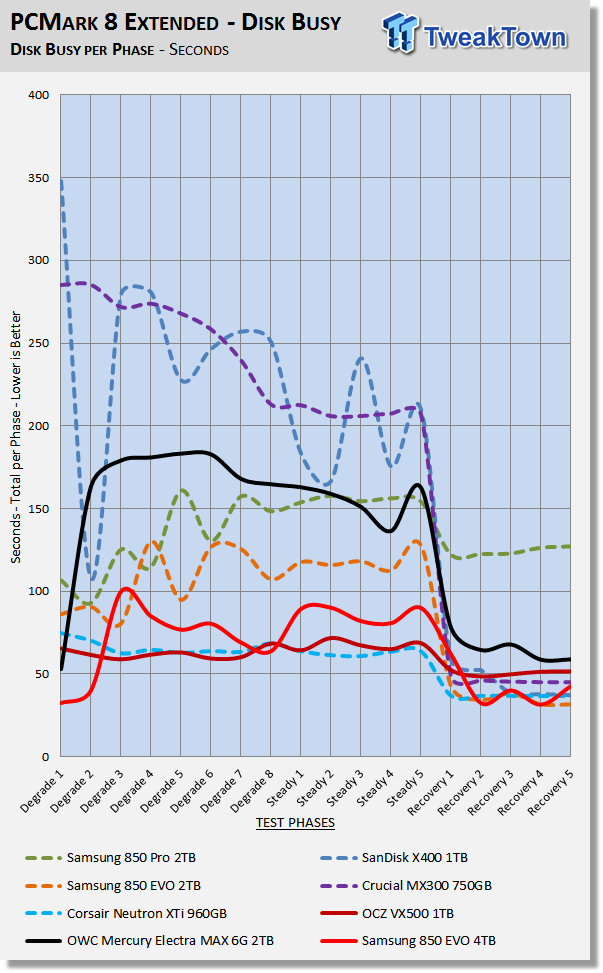
When latency is low, disk busy time is low as well.
Data Written
We measure the total amount of random data that our test drive/array is capable of writing during the degradation phases of the consistency test. Pre-conditioning data is not included in the total. The total combined time that degradation data is written to the drive/array is 470 minutes. This can be very telling. The better a drive/array can process a continuous stream of random data; the more data will be written.
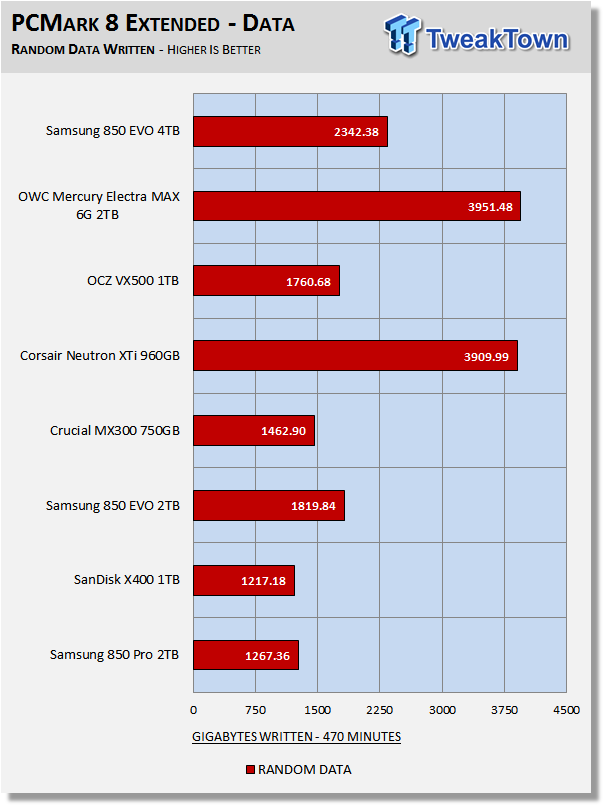
Overprovisioning and write latency are the biggest factors that determine the outcome of this portion of the test. The 4TB EVO places third in this test. OWC's 2TB Mercury Electra manages to win this test due to its massive 260GB of overprovisioning.
Benchmarks (Secondary) – 70/30 Mixed Workload
70/30 Mixed Workload Test (Sledgehammer)
Version and / or Patch Used: Iometer 2014
Heavy Workload Model
This test hammers a drive so hard we've dubbed it "Sledgehammer". Our 70/30 Mixed Workload test is designed to simulate a heavy-duty enthusiast/workstation steady-state environment. We feel that a mix of 70% read/30% write, full random 4K transfers best represents this type of user environment. Our test allows us to see the drive enter into and reach a steady state as the test progresses.
Phase one of the test preconditions the drive for 1 hour with 128K sequential writes. Phase two of the test runs a 70% read/30% write, full random 4K transfer workload on the drive for 1 hour. We log and chart (phase two) IOPS data at 5-second intervals for 1 hour (720 data points). 60 data points = 5 minutes.
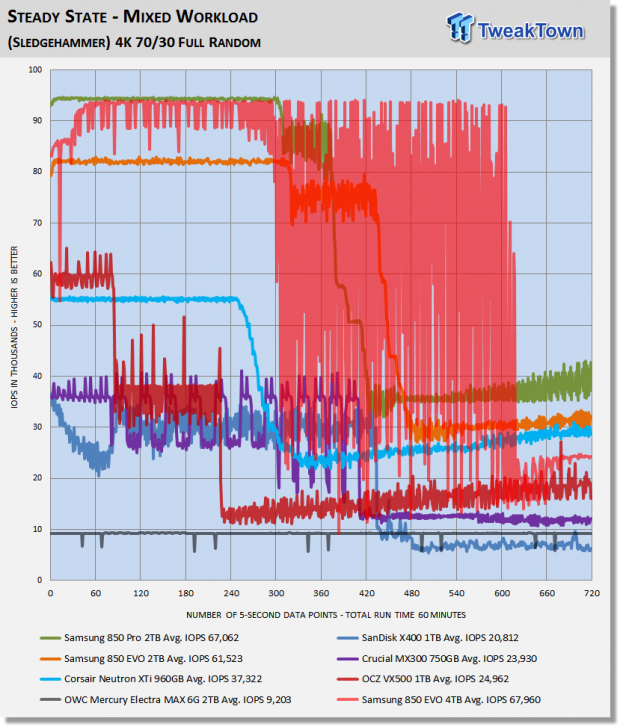
What we like about this test is that it reflects reality. Everything lines up, as it should. Consumer drives don't outperform Enterprise-Class SSDs that were designed for enterprise workloads. Consumer drives based on old technology are not outperforming modern Performance-Class SSDs, etc.
The 4TB EVO delivers the highest average UOPS, winning this test. Because of its massive capacity, we filled (preconditioned) the 4TB EVO for three hours instead of the usual one hour, and it still won albeit with a lot of variability. The Mercury Electra again wins the futility award.
Maxed-Out Performance (MOP)
This testing is just to see what the drive is capable of in an FOB (Fresh Out of Box) state under optimal conditions. We are utilizing empty volumes of Windows 10 and Windows Server 2008 R2 64-bit for this testing. Same Hardware, just an OS change.
Windows 10 MOP
Samsung 850 EVO 4TB
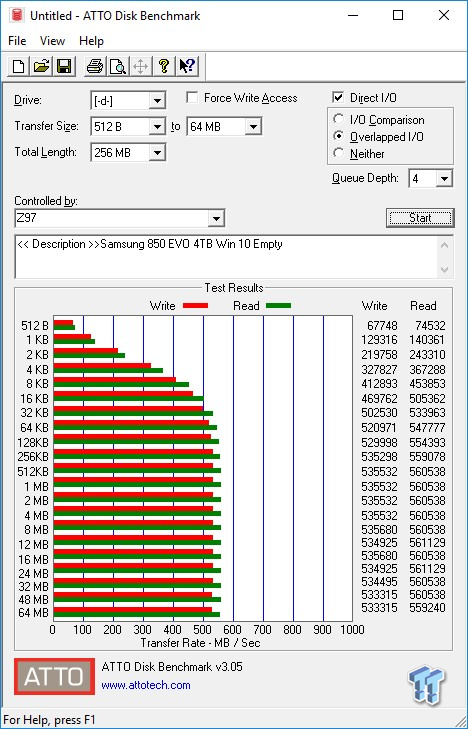
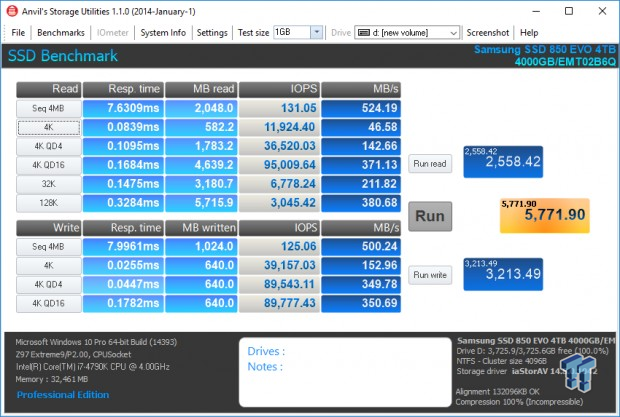
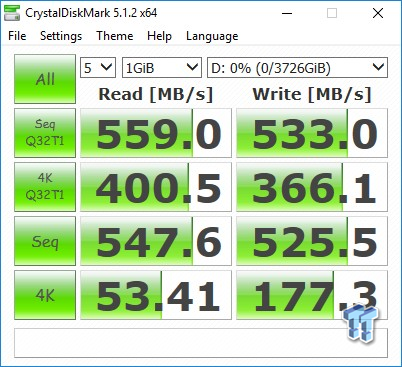
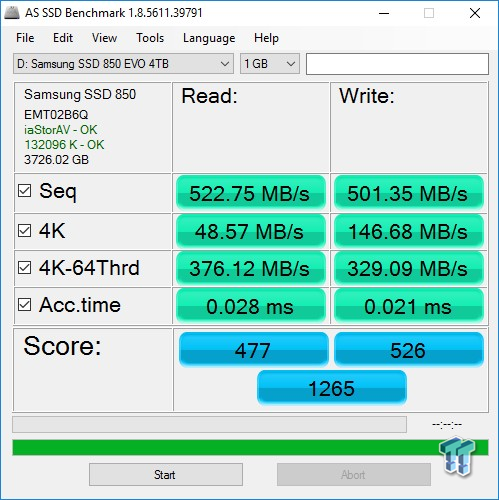
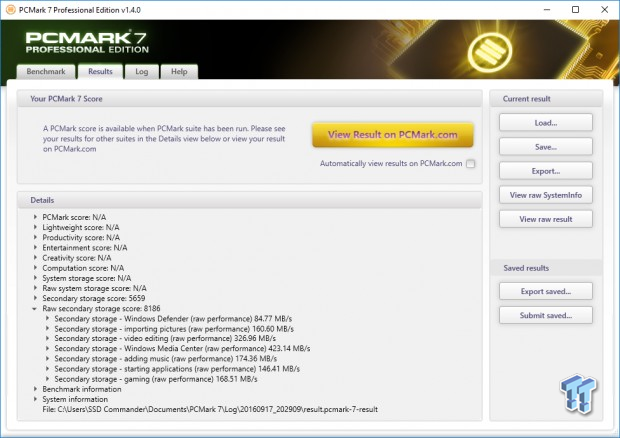
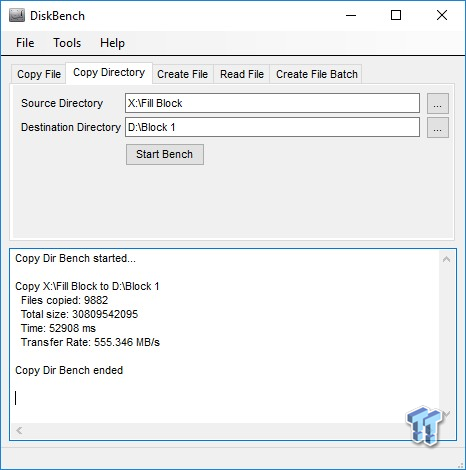
Take a look at the massive difference in write transfer rates when compared to the 416 MB/s we got with Windows 10 build 10586. 555 MB/s is what we would expect when the transfer block fits inside the drives pSLC cache. If you needed a good reason to upgrade to Windows 10 build 14393, this is a good reason.
We have noticed a massive improvement in write transfer rates on many drives with build 14393. The reason for this, as far as we know, is that CPU power switching modes have been relaxed on the latest version of Windows 10.
Windows Server 2008 R2 MOP
Samsung 850 EVO 4TB
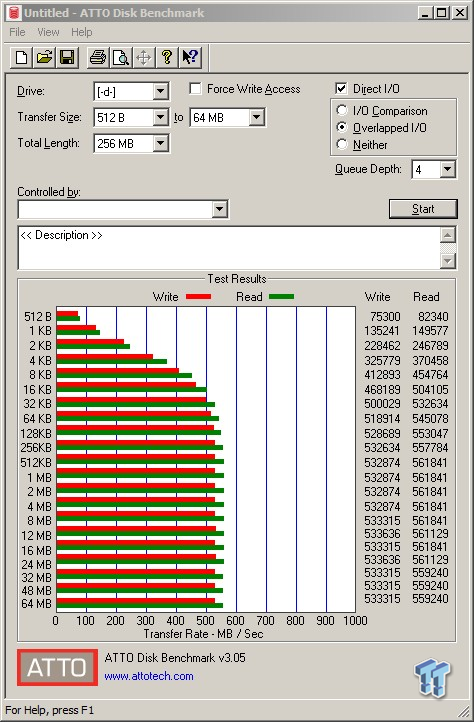
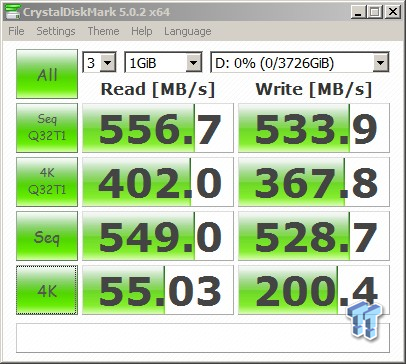
200 MB/s 4K QD1 random write performance is the rarest achievement you will ever see from a SATA SSD.
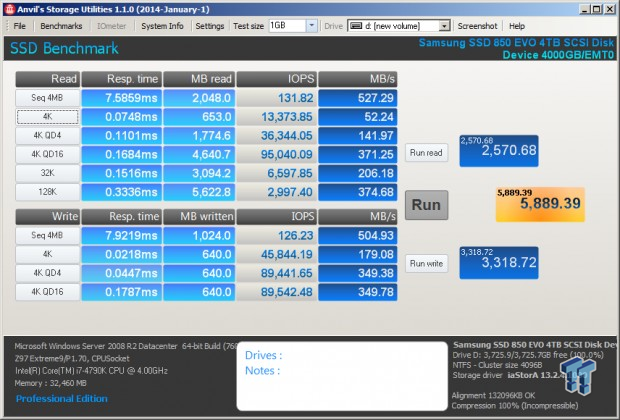
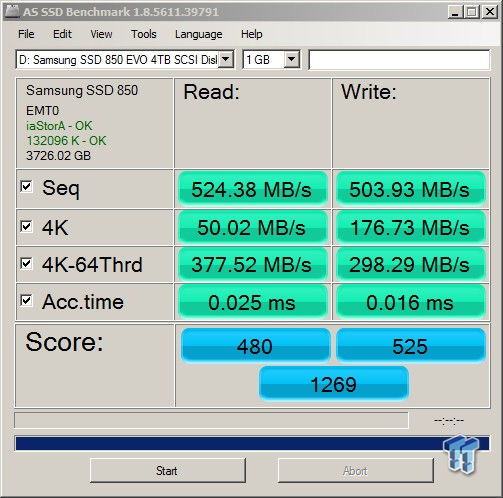
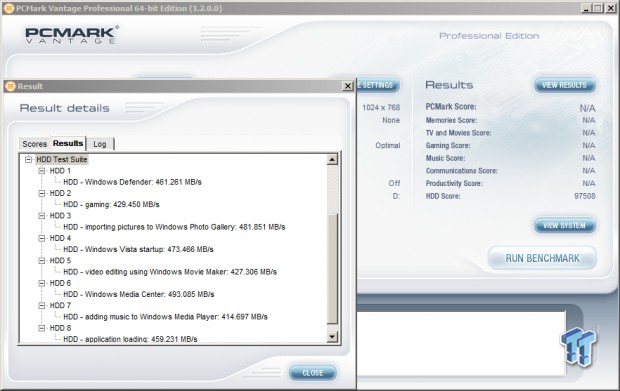
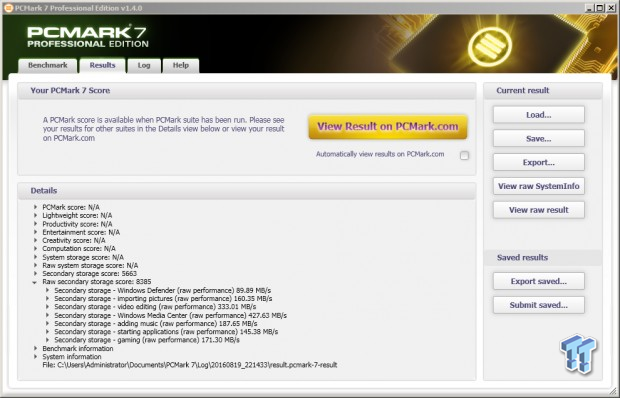
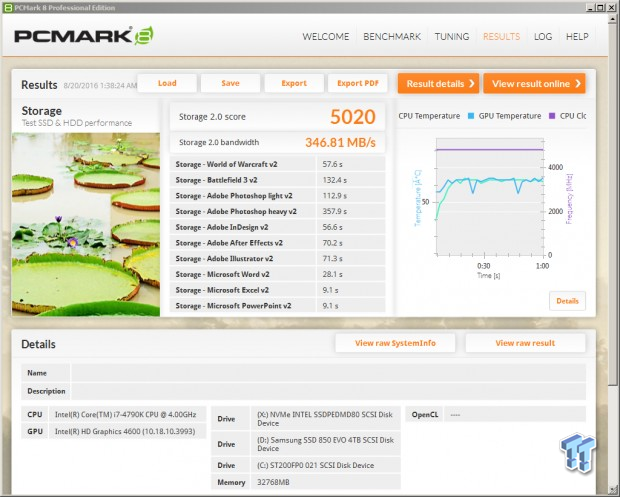
Final Thoughts
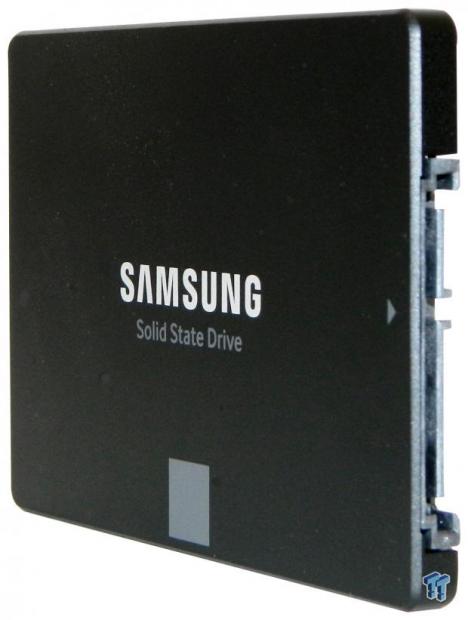
As we touched on earlier, the 4TB 850 EVO is proof that the SATA III interface has not been fully exploited as we so often hear. Samsung found a way to take what we feel is the best performing line of SATA III SSDs, their EVO Series, and make it even faster. Samsung took what was the EVO's only weak point, heavy workloads, and not only improved its performance in that area but delivered a solution that was able to set new lab records for heavy workload performance. Most see the new 4TB capacity point as the capacity king, which it is, but it is so much more because it is also the performance king.
The hallmark of a great performing SSD is typically exemplified by its low queue random performance. Samsung is the only SSD vendor that lists their SSDs 4K QD1 performance. And that's because Samsung SSDs have no equal in this performance metric. It is very common for Samsung SATA SSDs to even outperform non-Samsung NVMe SSDs when reading random data at low queue depths. This is why for the most part, Samsung SATA SSDs deliver an unrivaled SSD experience; NVMe SSDs included.
Samsung's stated numbers of up to 10,000 IOPS 4K QD1 random read performance and up to 40,000 4K QD1 random write performance are lofty numbers that most SSDs cannot achieve. We have to look no further than our MOP testing to see that under ideal conditions, the 4TB 850 EVO is capable of an astounding 14,000/51,000 IOPS 4K QD1 random performance.
So, what about the steep price of owning a 4TB 850 EVO? This drive is not for everyone and was never intended to be. The 4TB 850 EVO is for those of us that demand the very best. The total price tag for this behemoth may be out of reach for some, but at .37 cents per gigabyte, it is in line with most tier-1 SSDs on the market. Like anything else in life, you get what you pay for. We believe the cost of owning the 4TB 850 EVO is money well spent. After all, you can hold your entire Steam library on a single SSD for the first time.
The SSD experience that the 4TB 850 EVO delivers is second to none. Realistically, it is as good as most NVMe SSDs on the market for the reasons we touched on. Lightning boot speed, instantaneous response, multi-tasking, heavy workloads, moderate workloads, synthetic performance, and capacity all rolled into one. Samsung's 4TB 850 EVO is the ultimate SATA SSD bar none.
Samsung's 850 EVO 4TB is definitely TweakTown recommended.
Pros:
- Capacity
- Synthetic Performance
- Moderate Workloads
- Heavy Workloads
- Five-Year Warranty
Cons:
- Endurance

| Performance | 100% |
| Quality including Design and Build | 100% |
| General Features | 100% |
| Bundle and Packaging | 98% |
| Value for Money | 95% |
| Overall | 99% |
The Bottom Line: Samsung's 4TB 850 EVO is the best of the best. It is by far the fastest SATA SSD we've ever tested. The new 4TB 850 EVO sets the standard by which all SATA SSDs will be measured.
PRICING: You can find products similar to this one for sale below.
 United
States: Find other tech and computer products like this
over at Amazon.com
United
States: Find other tech and computer products like this
over at Amazon.com
 United
Kingdom: Find other tech and computer products like this
over at Amazon.co.uk
United
Kingdom: Find other tech and computer products like this
over at Amazon.co.uk
 Australia:
Find other tech and computer products like this over at Amazon.com.au
Australia:
Find other tech and computer products like this over at Amazon.com.au
 Canada:
Find other tech and computer products like this over at Amazon.ca
Canada:
Find other tech and computer products like this over at Amazon.ca
 Deutschland:
Finde andere Technik- und Computerprodukte wie dieses auf Amazon.de
Deutschland:
Finde andere Technik- und Computerprodukte wie dieses auf Amazon.de
What's in Jon's PC?
- CPU: AMD Ryzen 7800X 3D
- MOTHERBOARD: GIGABYTE AORUS Master X670E
- RAM: Kingston Fury Renegade 7200MHz 32GB
- GPU: ZOTAC AMP Extreme GeForce RTX 4090
- SSD: Crucial T700 2TB Gen5
- OS: Windows 11 Pro
- COOLER: Lian Li Galahad 360 AIO
- CASE: Lian Li Lancool III
- KEYBOARD: Corsair K65 RGB Mini
- MOUSE: SteelSeries AEROX 5 Wireless
- MONITOR: ASUS ROG Strix PG27AQN 360Hz 1440p ULMB2
Similar Content
Related Tags

